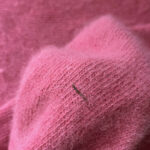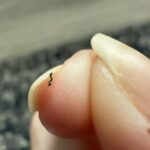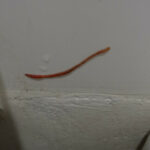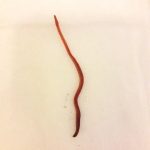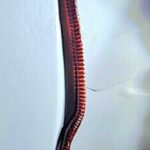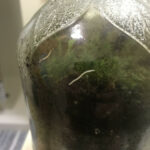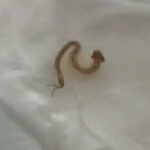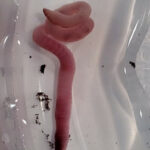Most people are familiar with the earthworm, but they may not know that it is but one of the thousands of species of segmented worms. Segmented worms, though small, are more highly evolved than even slugs and snails. Segmented worms belong to the phylum Annelida, a group of soft-sided animals that have symmetrical right and left sides. There are over 12,000 known species in the Annelida family, grouped into three categories: oligochaetes (earthworms and freshwater worms), hirudineans (leeches), and polychaetes (marine worms).
The bodies of segmented worms are divided into cylinder-shaped sections called metameres. A segmented worm’s body includes the head, the trunk (made of metameres), and the pygidium (an end section with no metameres). The segments are essentially the same, though there may be minor variations. Young worms usually add segments by copying the last segment, and many annelids can regenerate lost body parts.
Segmented worms are coelomates, a kind of animal in which the organs are suspended within a fluid-filled body cavity called a coelom. The coelom is the worm’s support structure, and its muscle function is dependent on the amount of fluid in the coelom. If the worm is punctured and fluid leaks out, it loses the ability to move.
Segmented worms have a complex nervous system, with a small brain called a ganglionic mass. The brain is connected by nerves to a nerve cord that stretches the length of the body and controls the body’s movements. Segmented worms have multiple sensory organs, including eyes, taste buds, tentacles (which allow them to feel), and organs called statocysts that control equilibrium.
The circulatory system differs among the various types of annelids. Most have blood with hemoglobin, a red pigment that carries oxygen, but others have a green pigment that carries oxygen, or unpigmented blood. Most segmented worms have a closed circulatory system – the blood circulates only within a system of blood vessels, rather than mixing with fluid in the body cavity. Segmented worms have a vessel above the gut that transports blood toward the head, and the blood is distributed throughout the body by other vessels that serve as hearts.
Segmented worms have a gut that runs the length of the body, and is separated from the body wall by the coelom. The coelom’s segments are separated by septa, or thin sheets of tissue. In some annelids, the coelom’s segments are connected to the outside of the body by ducts, which release sex cells, and by nephridia, or excretory organs. Some highly evolved species of annelid have a single duct for both reproduction and excretion. Some segmented worms reproduce asexually, by fragmenting, budding, or fission, while others reproduce sexually. Among those who reproduce sexually, marine worms lay eggs that develop into larvae, and land worms lay eggs that stay cocooned until they hatch, resembling smaller version of the adults.
It’s amazing to think that segmented worms not only have so many species, but that their physiology is so highly evolved! Think about that the next time you see an earthworm in your garden, and you may look at it with a new appreciation!
Recommended Reading (click on the picture for details):
All About Worms is always free, always reader-supported. Your tips via CashApp, Venmo, or Paypal are appreciated! Receipts will come from ISIPP Publishing.




